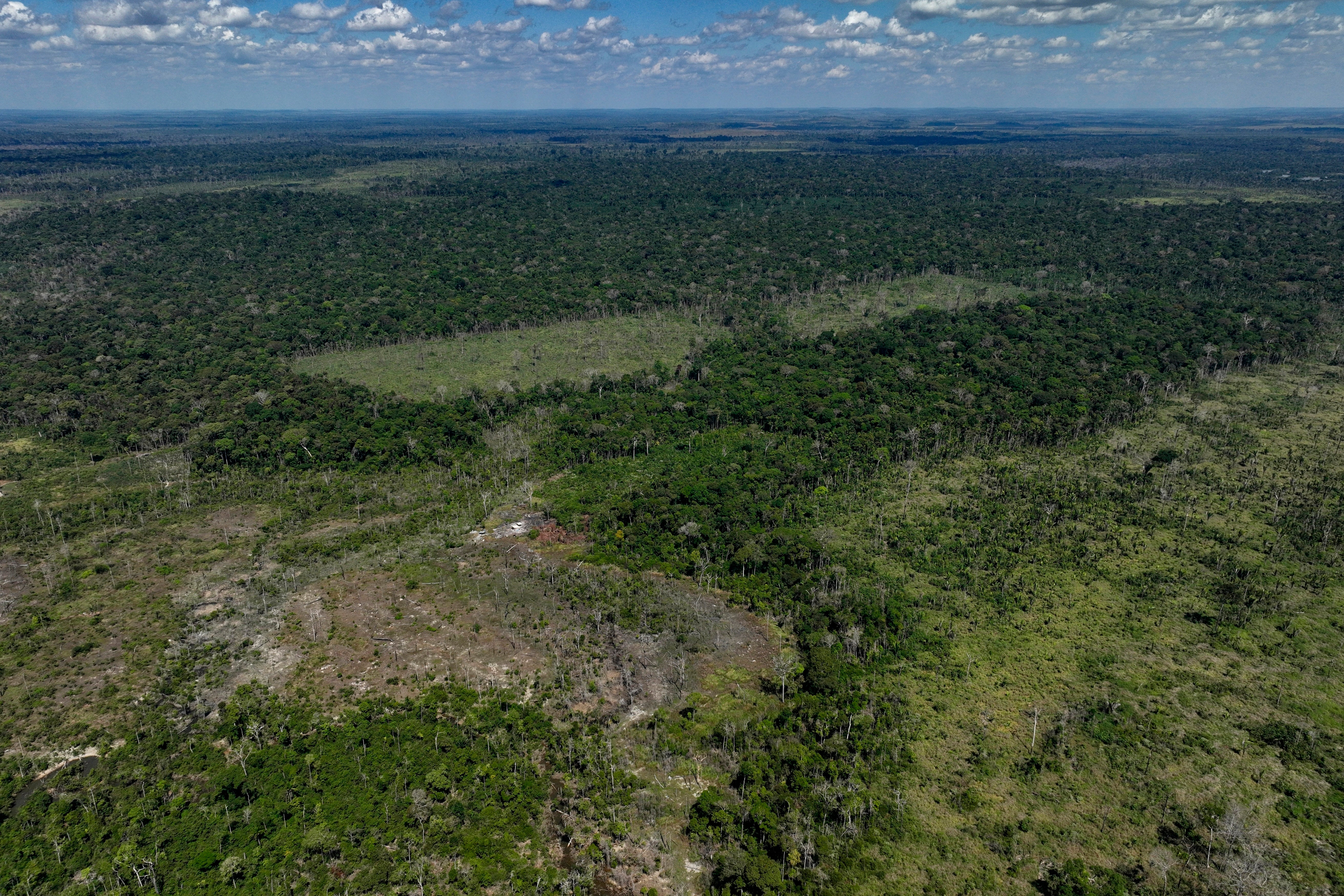Report looks at ‘stigma’ through a new lens to stamp it out of society
Stigma is a glue that holds poverty, inequality and economic insecurity in place enabling and exacerbating inequalities of wealth, health and opportunity, says a new report
LANCASTER UNIVERSITY
Stigma is a glue that holds poverty, inequality and economic insecurity in place enabling and exacerbating inequalities of wealth, health and opportunity, says a new report.
Poverty Stigma is a ‘wicked social problem’, highly complex, difficult to define and challenging to solve, says the report.
Co-authored by Professor Imogen Tyler, from the Department of Sociology at Lancaster University, and Sarah Campbell, the Head of Participation and Advocacy at UK leading poverty charity Joseph Rowntree Foundation, the report is the outcome of a year-long project involving a group of ten people from a diverse range of lived experiences and professional expertise.
The JRF Poverty and Stigma Design team comprises people with lived and learned knowledge of poverty and poverty stigma from a range of sectors including housing associations, local government, care experienced sector, arts and youth work, health and disability charities, and academia.
Loosening the grip of that stigma provides ‘a key lever’ to change the collective work being carried out to combat poverty in the UK.
Published by the Joseph Rowntree Foundation (JRF), the report highlights that poverty and poverty stigma are ‘inextricably entangled social problems’ that reinforce and feed each other, and which need to be tackled together.
With 3.8 million people, including 1 million children, currently recorded as living in situations the JRF defines as destitution, and tens of millions more struggling to make ends meet during a cost-of-living crisis, poverty is seriously impacting on the nation’s health and mental health.
Working with the JRF Poverty and Stigma Design team and lead author of the report, Professor Tyler, a leading expert on stigma, says: “Poverty in the UK is a political choice.
“The stigmatisation of people living in poverty works to shift the blame onto individuals and families experiencing poverty and this helps justify the shockingly high rates of poverty and destitution we are now seeing in our society. To combat poverty, we need to stop the stigma.”
The study recommends anti-poverty work needs to be anti-stigma work at its roots and in every branch of collective action towards ending poverty in the UK.
And designing stigma out of social systems of welfare and support is integral to the fight for economic justice and economic security.
The group concludes that stigma is:
- Not a 'natural outcome' of poverty – rather it is socially produced.
- Manufactured by the powerful, including politicians and media.
- Frames public perceptions about the causes of poverty, shifting blame away from the systems that created it onto individuals.
- Shapes how people living in poverty are represented and how people experience poverty.
- Designed into systems and programmes of welfare and support, and functions as both a deterrent to help-seeking and a tool for rationing resources.
- Seeps into everyday interactions and, for those on the receiving end, the psychological impact can be as devastating as the struggle involved in surviving a low-income.
The report makes recommendations for effective action on poverty which include ‘reframing’ poverty as an issue of economic injustice and in relation to wealth inequality and developing rights-based understandings and approaches to poverty mitigation.
It also suggests combatting rising in-work poverty by challenging the stigmatisation of low paid work as 'low skilled', and by campaigning for real living wages, pay equity and maximum wage ratios as well as rejecting the stigmatising classification of disabled people and those with unpaid caring responsibilities as ‘economically inactive’.
Going forward, the team hope to create and test an array of tools to support organisations to design stigma out of policies and services.
They also want to commission a range of creative projects working with journalists, artists, creative practitioners, community activists and people on the receiving end of stigma to create images and stories which challenge stigmatising poverty narratives to produce ‘anti-stigma’ image and story banks for journalists, news and charitable organisations.
Sarah Campbell from JRF said: “Stigma is repeatedly deemed an issue in need of urgent attention by people who experience poverty. This new analysis takes the understanding to a new level and is a call for action to all those working to address the issue of poverty. To address poverty, we must undo the glue that holds it in place.”
Steve Arnott, a member of the JRF Stigma and Poverty Design Team who grew up in poverty and is now a youth outreach worker with disadvantaged young people in Hull with Beats Bus, said: “Starting off your life off living in poverty, leaving school in poverty, getting a job but still being in poverty, poverty is a very hard place to get out of.
“The stigma makes everything worse. Stigma holds poverty in place. It harms and silences people. We can get can stuck in our own fear of being judged by others for being poor.
“The media also pushes a lot of poverty stigma, it brainwashes people into blaming people for poverty.
“This JRF project is about raising awareness about poverty stigma, about educating people about the harm it does, and about coming up with tools we need to tackle it. This report is a first step in that work.”
The Joseph Rowntree Foundation works to speed up and support the transition to a future free from poverty, in which people and planet can flourish www.jrf.org.uk
ARTICLE TITLE
Poverty stigma: a glue that holds poverty in place








